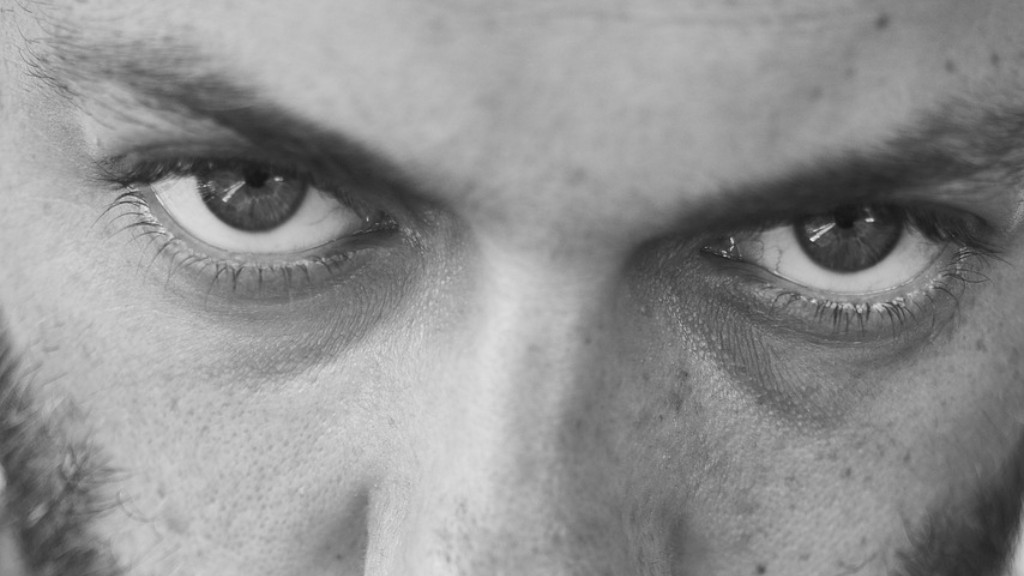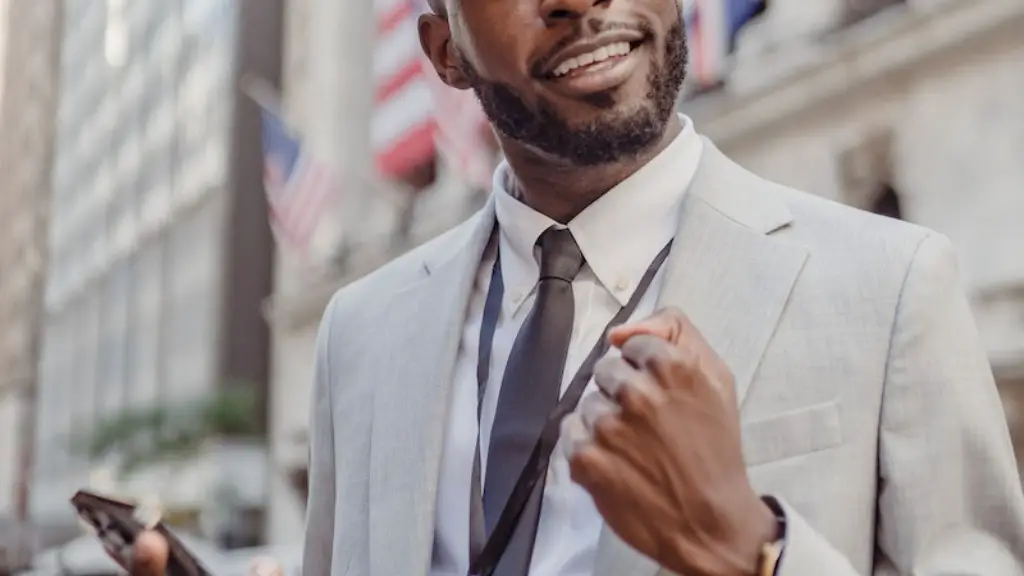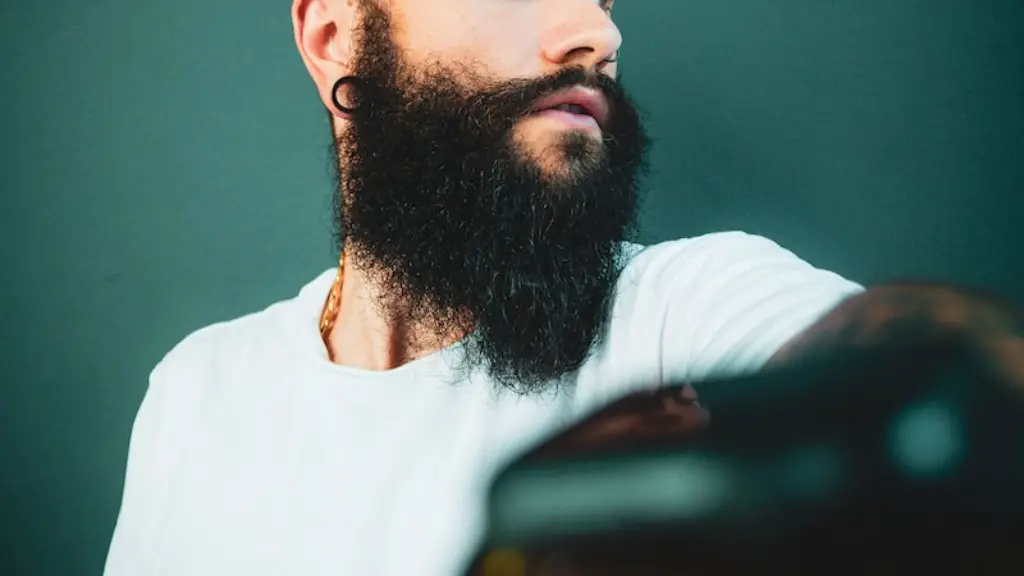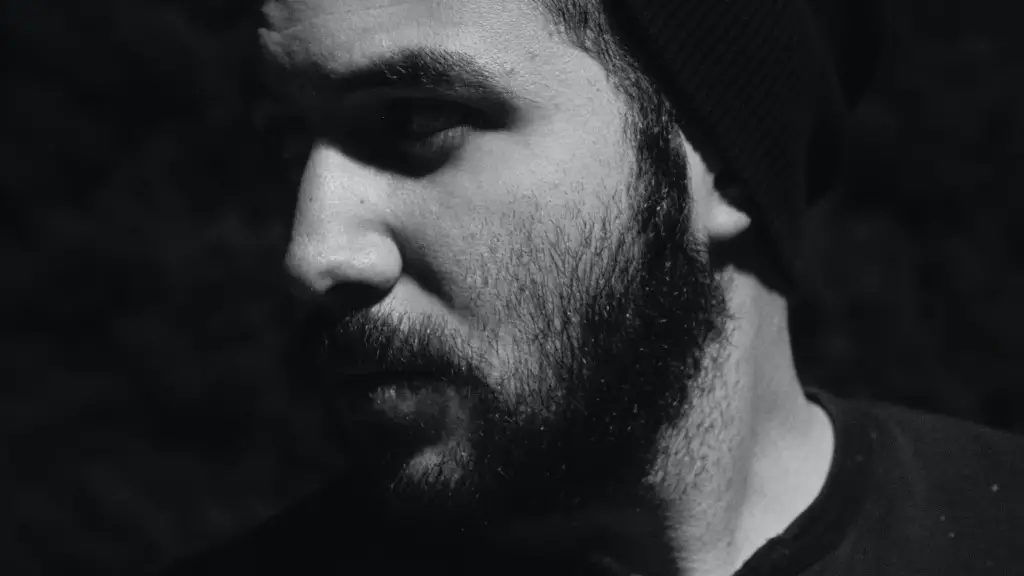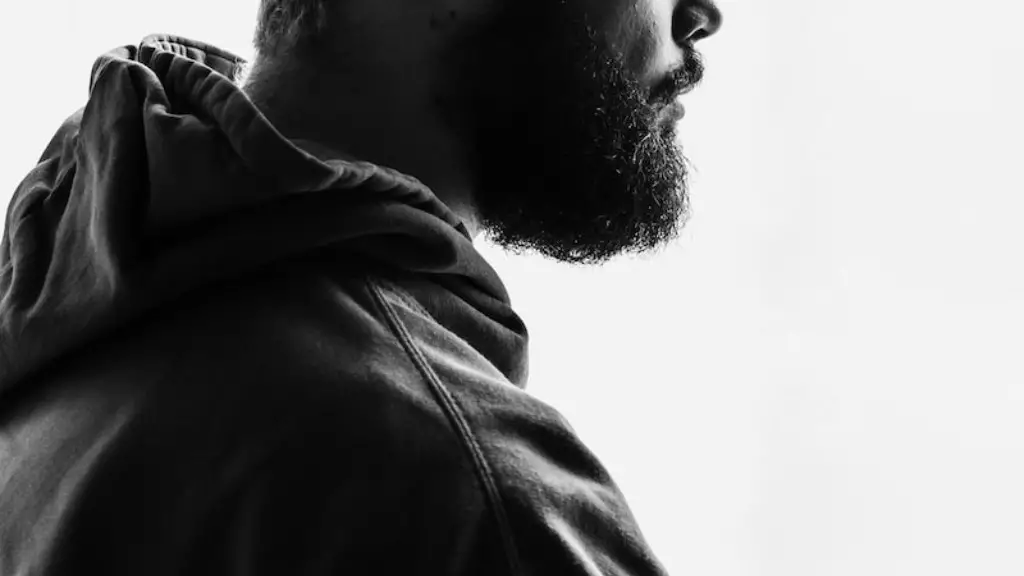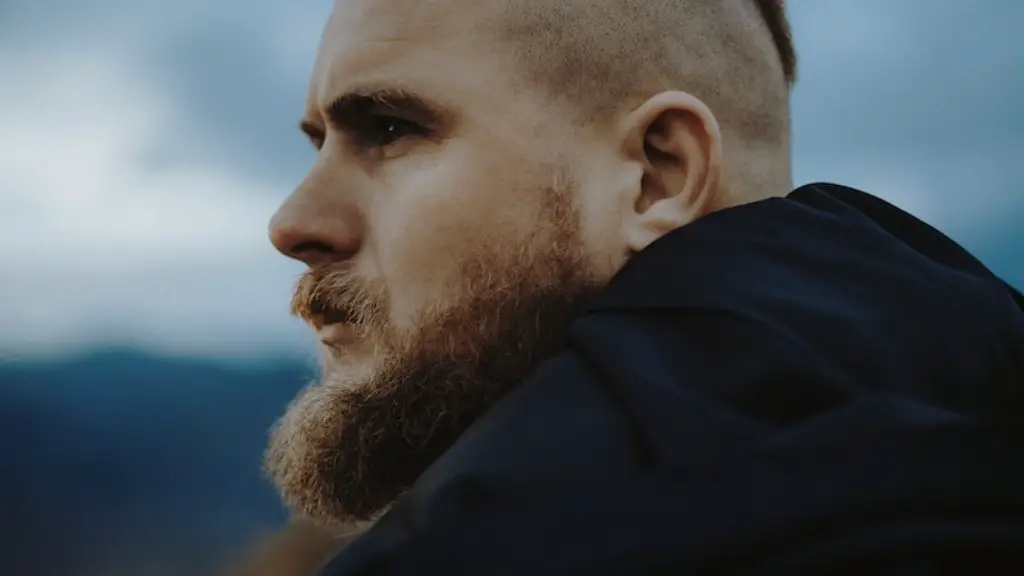Some men feel that a great bushy beard is the ultimate expression of masculinity. For them, it is a badge of honor and a sign of virility. A bushy beard can also be a practical choice, providing insulation and protection from the elements. Whatever the reason, growing and caring for a bushy beard requires time, patience, and dedication.
There is no one answer to this question as it is subjective. Some people may think a great bushy beard is one that is well-groomed and neatly trimmed, while others may prefer a wilder, more unkempt look. Ultimately, it is up to the individual to decide what they consider to be a great bushy beard.
What is the meaning of bushy beard?
Bushy can describe something that resembles a bush, like bushy eyebrows or a bushy tail. It can also describe something that is thick and spreading, like a bushy beard.
If you want to grow a full beard, the first step is to stop shaving and trimming for a while. Let your beard grow out for a few weeks or even months until it is the desired length. Once it is the right length, you can then start to condition it regularly with beard oil to keep it soft and thick. Use a beard brush to groom it daily and make sure to shave and trim the edges for an even result.
What does a thick beard say about a man
There are a few different schools of thought on this topic. Some men believe that a thicker, fuller beard symbolizes power and strength. In some societies, great leaders are often identified by their beards. Facial hair is also associated with wealth and high status in society. Other studies indicate that men with beards often exhibit dominance over other groups of people.
A lion’s mane is a full beard without a moustache or neck hair. It is a very popular style among men and is considered to be very masculine.
Are big bushy beards attractive?
According to a UK study covered by ZME Science, women tend to find men with beards more masculine and aggressive, both potentially strong signs to search for in a mate. Other studies have shown that women tend to rate men with beards as more attractive, or potentially better as partners or at raising offspring.
The Viking beard style is the original big, burly beard style. It is characterized by its fullness and thickness. This style was popular among the Scandinavian warriors of the late 8th to 11th centuries. It is thought that the style was originally more about function than fashion. The full beard would have helped keep the Norsemen’s faces warm in bitterly cold weather. Today, the Viking beard style is still a popular choice for men who want to make a statement with their facial hair.
How do I make my bushy beard lay flat?
If you’re looking to straighten your beard, there are a few things you can do to help achieve the look you want. First, try using a sea salt spray while your beard is slightly damp. This can help to add texture and volume. Next, blow dry your beard on a medium setting, using a round brush to style as you dry. Finally, work a styling balm into your beard to help tame any flyaways. By following these tips, you can easily achieve a straight, polished look for your beard.
This is an interesting study that shows that there may not be a correlation between beard length and testosterone levels or dominance. This is contrary to what many people may believe and suggests that beards may not be honest signals of the beard owners’ testosterone levels and dominance.
Which race grows the thickest beards
There are many reasons why men of different racial backgrounds can have different beardedness. For example, research has shown that the thickness of facial hair is determined by the density of facial hair follicles, which varies by ethnicity. Additionally, testosterone levels, which also vary by ethnicity, can impact beardedness. For example, men with higher levels of testosterone are more likely to have thicker beards.
So, while Caucasians and African Americans can usually grow thicker beards than Asian men, there are many factors at play. Ultimately, it is determined by the individual’s biology.
It’s true that genetics play a role in how thick and course your facial hair is, but did you know that they also affect where facial hair grows? That’s right, the same genes that determine the color of your hair and how fast it grows also influence where your facial hair grows. So if you’re wondering why you can’t seem to grow a beard or why your beard doesn’t seem to be reaching its full potential, take a look at your family history. It may give you some clues as to why your facial hair is the way it is.
What beards say about a man?
There are a few reasons why beards might be associated with aggressiveness. For one, they can make a man look older and more authoritative. Additionally, beards can make it seem like a man is trying to cover up something, which can make him seem more sneaky and untrustworthy. Finally, beards can also be physically intimidating, as they can make a man look larger and more intimidating. Ultimately, it is up to the individual to decide whether or not they want to grow a beard, but it is important to be aware of the potential perception that others may have.
A study has found that women find heavily stubbled faces the most attractive. Participants said that clean-shaven men looked just as healthy and attractive as those with a full beard, but rated the bearded men higher for perceived parenting skills. This suggests that a bit of stubble may make men seem more rugged and masculine, which could be a desirable trait in a potential partner.
What do you call a person who loves beards
There is no one universal definition for what it means to be a pogonophile, as it is an unconventional interest. However, generally speaking, a pogonophile is someone who loves or studies beards. This could include appreciating the aesthetic of beards, learning about the history of facial hair, or simply enjoying the company of bearded men. Whatever the reason, pogonophiles are united in their niche interest and appreciation for all things beard-related.
While the results of this study are interesting, it’s important to keep in mind that they are based on a relatively small sample size. Therefore, more research is needed in order to truly understand the connection between beards and attractiveness.
Do beards get thicker with age?
Yes, your beard can get thicker with age. However, you’ll need to be patient—it may take years to achieve the fullness and density you want. The exact amount of growth depends on a number of factors: genetics, diet, stress levels and overall health—all things that affect hair growth in general. So if you’re looking to grow a thick, full beard, be patient and take care of yourself.
According to the study, facial hair of any kind is more attractive to women than a smooth clean shaven face. The study also found that women were not only more attracted to facial hair, but also expected to have longer relationships with men who had facial hair. These findings suggest that having facial hair may be beneficial for men when it comes to attracting and keeping a romantic partner.
Warp Up
There’s no one answer to this question – it depends on what you consider to be a “great bushy beard.” Different people have different opinions on what makes a beard great, so it’s tough to say. Some people might think a bushy beard is only great if it’s well-groomed and neatly trimmed, while others might think a wild and unkempt beard is the epitome of awesomeness.
A great bushy beard is the perfect way to add a touch of style and sophistication to your look. Whether you’re looking to make a statement or simply add a bit of personality to your appearance, a bushy beard is a great option.
